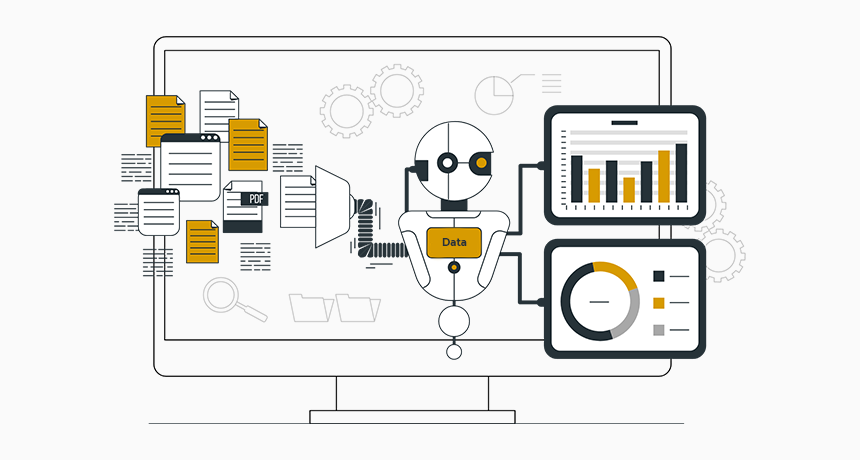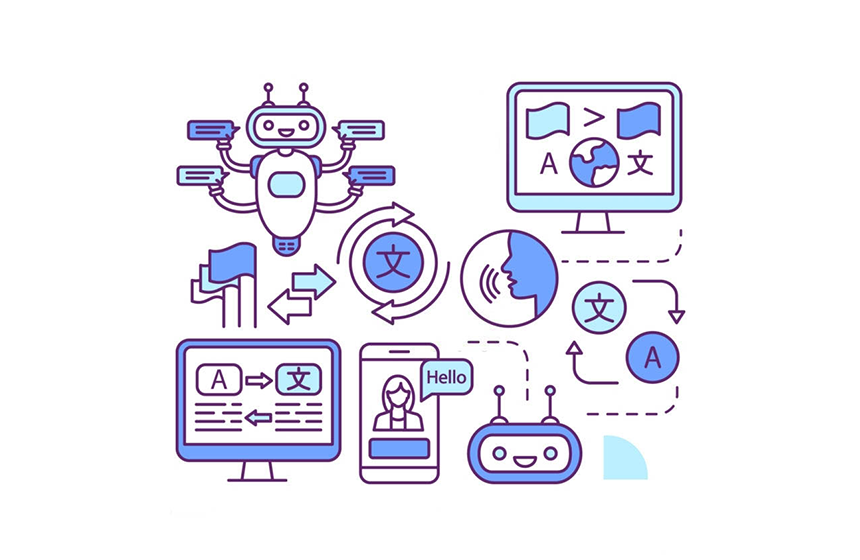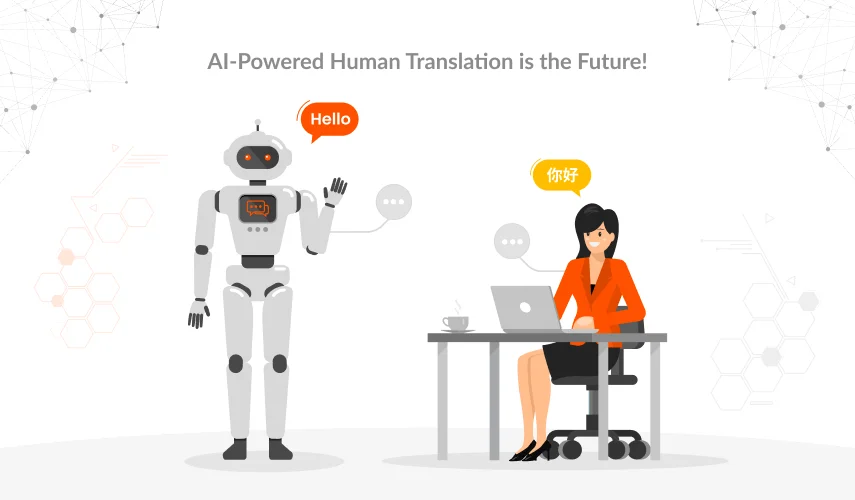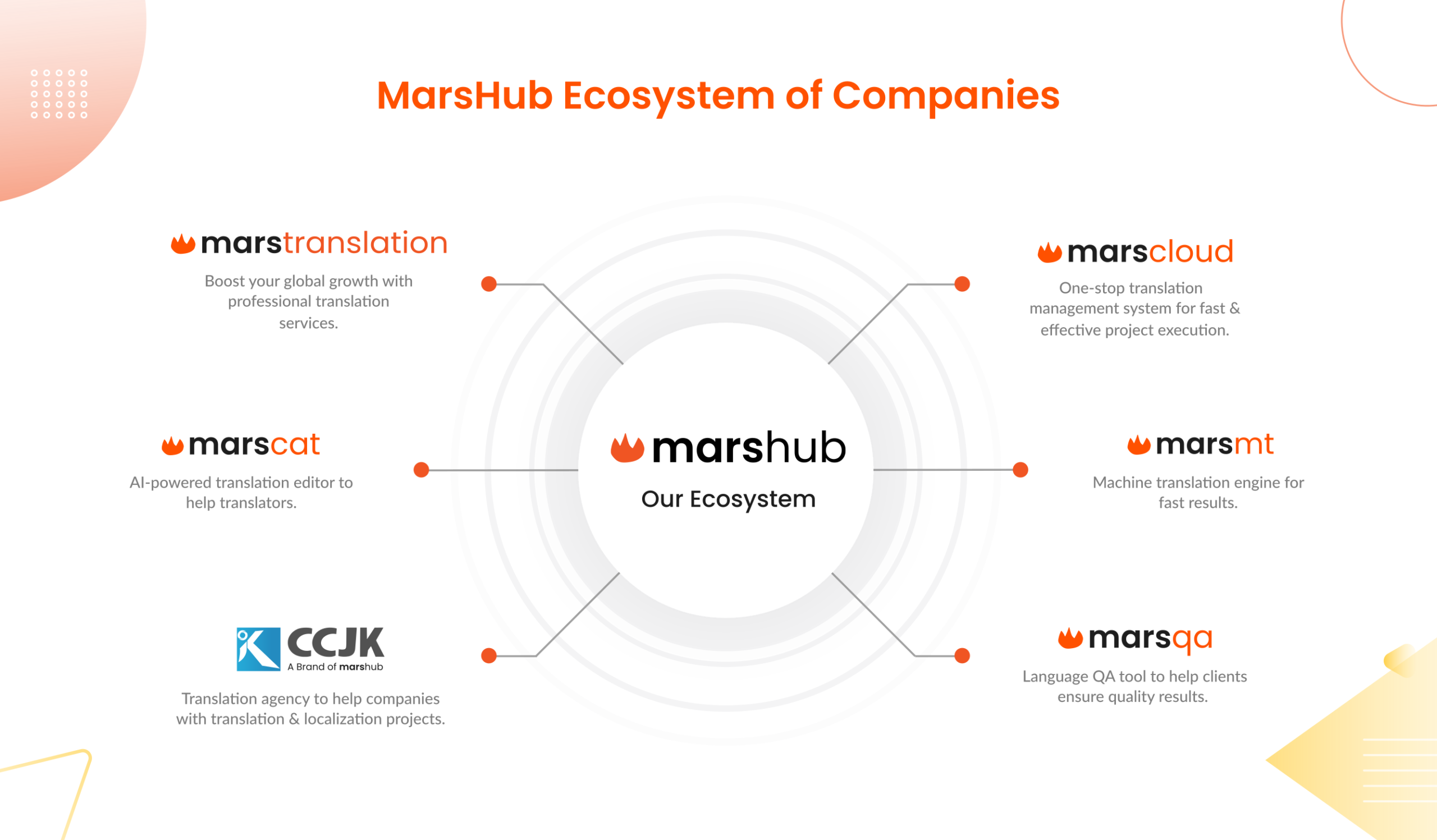Is machine translation really worth it?
This is the first question that might come to your mind when someone talks about taking machine translation services. People may resist using machine translation technology due to concerns about quality or simply because they are hesitant about change. There is a need to raise awareness among people regarding the use and impact of advanced machine translation tools on their translation management projects.
What is Machine Translation (MT)?
Machine Translation (MT) is an automated translation from one language to another based on a specific set of algorithms. Machine translators translate large volumes of text instantly, which is likely impossible to translate as swiftly as traditional methods. It does not involve human involvement in translating a text into another language. However, machine translation has a deep relation with human translators because machine engines have been trained with translation created by human translators.
Working on Machine Translation
Machine Translations have been evolving since their inception. Their first engine was demonstrated in the 1950s. With the advancement in technology and globalization, MT is upgrading its features accordingly. It is a universal truth that newer things replace older ones with time. The same happened with machine translation, newer technology has replaced the old one and MT continues to flourish. It has gained the trust now and people are taking machine translation services.
Types of Machine Translations
1. Rule-Based Machine Translation
As the name indicates, it is based on linguistic rules, general grammar rules, and bilingual dictionaries for every pair of languages. Using the extensive lexicons with all required characteristics generates the results in the target language. Users can improve the quality of the translation by adding advanced terminologies and creating user-defined dictionaries in the TMS. Two major steps are involved in providing improved quality translation services:
- Limited investment can ensure limited quality.
- Ongoing investment brings advanced and productive results.
2. Statistical Machine Translation (SMT)
Statistical machine translation does not rely on grammatical rules in the same way that rule-based machine translation does. In this type, the best translation results are carried out by the statistical models and these models are trained using a bilingual corpus. SMT allows better quality when large and qualified corpora are available. Though training on general language corpora can produce average or less than average results. Therefore, when using statistical machine translation services, it is important to be aware that the translated content may contain some grammatical errors. Moreover, SMT demands important hardware to build and manage large translation models.
3. Neural Machine Translation (NMT)
It is an advanced type that functions similarly to human brains. Its deep neural network is divided into two components: an encoder and a decoder. Neural Machine Translation (NMT) produces grammatically error-free results with fluent sentence structure and is recognized as a powerful algorithm to perform translation tasks. Google machine translation service is a prominent example of using NMT to provide efficient results for global communication.
Data in MT

Machine translation works on engine data which can be generic and customized. For instance, Google Translate and Microsoft Translator lie in the category of the generic data engine. Here translation is for some general purpose and does not include specific domains. Contrary, custom data engines are specified and efficient resulting in more accurate results.
Advantages of Machine Translation
Many LSPs use machine translation to speed up the translation process. Also, many of the widely used collaborative translation systems have integrated MT to provide fast results. The more appealing advantages of machine translation are as follows:
1. Time-Effective
Machine translators can translate plenty of work quickly as compared to human translators. Machine engines can handle one to a thousand documents at a time. Human translators need time, and time is as precious as life in this globalized world. With the advent of a web-based translation management system, a centralized system has made the translated work efficient and time-effective.
2. Maintains Cost
Machine translation maintains cost because it does not need to hire translators again and again. Machine engines can easily translate any content irrespective of specialized translators.
3. Improves Consistency
It improves the consistency of translated documents when providing machine translation service to a specific industry because translation engines can also be customized concerning your customized terms. For example, you can train your computer program to use the same term for a similar concept. Ultimately, you can keep the company’s voice intact even when working with various professional linguists and translators.
4. Various Types of Content can be Translated
Human translators are not machines. It is only possible for machines to perform a variety of tasks at a time. As human translators, expertise is limited. Not every translator can translate every area. But machines can deal with a variety of content so it is safe to rely on machine translation when there is a large volume of content to be translated.
Disadvantages of Machine Translation
Although machine translation has enormous advantages to your business growth, there are some drawbacks to using MT consistently without human translators. It does not matter how far the technology goes; it will require some maintenance structure. The following are some disadvantages of getting machine translation services:
1. Unable to Maintain Style and Expression
Machine Translation does not sense the culture and social nuances and its content. MT will likely generate more robotic content, word-to-word, and expressionless.
2. Compromise Brand Image
There is a possibility that the translation process gets sloppy due to cultural variations and your company could not be able to promote the message to a local audience. It can hurt your brand’s reputation drastically. History has seen many drastic results due to common mistakes in language localization even by the big multinational giants like KFC, Coca-Cola, Pepsodent, etc.
3. Compromise the Content Quality
Content accuracy is above all. Every software and every translator works for it. In MT, accuracy is not ensured at 100%. Lack of context understanding also compromises the quality of translation. Don’t rely on machine translation services without the help of a professional linguist if you do not want to compromise the content quality.
Limitations of Machine Translation
MT is knowledgeable and an impressive technology that is providing tremendous services. Undoubtedly, machine translation can easily work faster than a human being and is capable of competing with human translators. But, still, at some stage, it needs human help. Content differs in nature. Some content is of delicate nature and some may be of descriptive issue. So, machines are unable to detect the nature of priority. For instance, if two nations are having hostile terms and they are about to go nuclear. Here, misinterpretation in any official settlement can lead to destructive results. In the medical field, if machine translation fails to detect or highlight the severity of a disease, it can cause a life. In these types of content, one should know that machine translations are reliable only with proofreading. There is a need for prioritizing and via priority bases, content should be translated. So, you should keep in mind these things before taking machine translation services.
The Compulsion of Using Machine Translation

1. Broad Communication and Networking
Machine Translation helps to eliminate the language communication barrier. For instance, if a company shares a network in 30 overseas regions it is quite natural to face the issue of communication. The communication skills of employees vary from region to region. It can lead to an ineffective understanding of communication because many people want to communicate in their native languages. Machine translation helps to abridge the language barrier by translating the text content to be understandable.
2. Quick Turnaround Time
If there is a big project with a specified time frame and you do not have enough translators to complete the translation, then machine translation is the best option for you. You can get results within a quick turnaround time. Because MT has an upper hand when it comes to speed and time over human translators.
3. Content Priority
As MT does not follow the context and cultural differences, there is a compulsion to translate content that is not related to some legal, medical, official, and sensitive categories. This can save you from potential harm.
The Future of Machine Translation
The future of machine translation is brighter and more advanced than ever before. Thanks to rapid advancement in digitization and artificial intelligence, the technological industry is continuously evolving in a rapid manner and will only continue to improve. Nevertheless, there will always be a need for human translators because automation will not entirely replace human necessity.
Ending Note
There is no denying the fact that machine translations have made the quality of translation impressive and productive. Following through the numerous stages, it has upgraded to its advanced level. Although managing the priority content is still on human shoulders, machines are competing with humans when it comes to speed. All in all, it is an innovation in the technological world owing to 21st-century demands.



